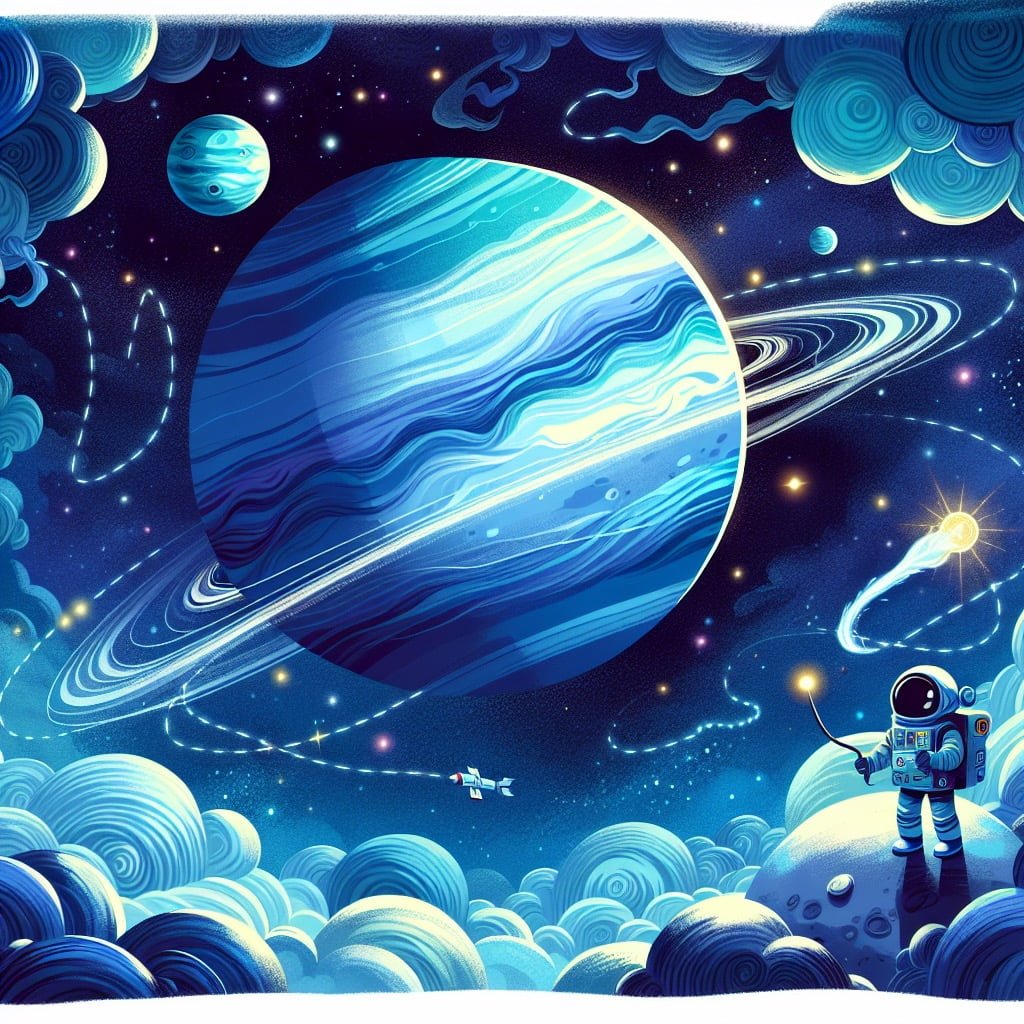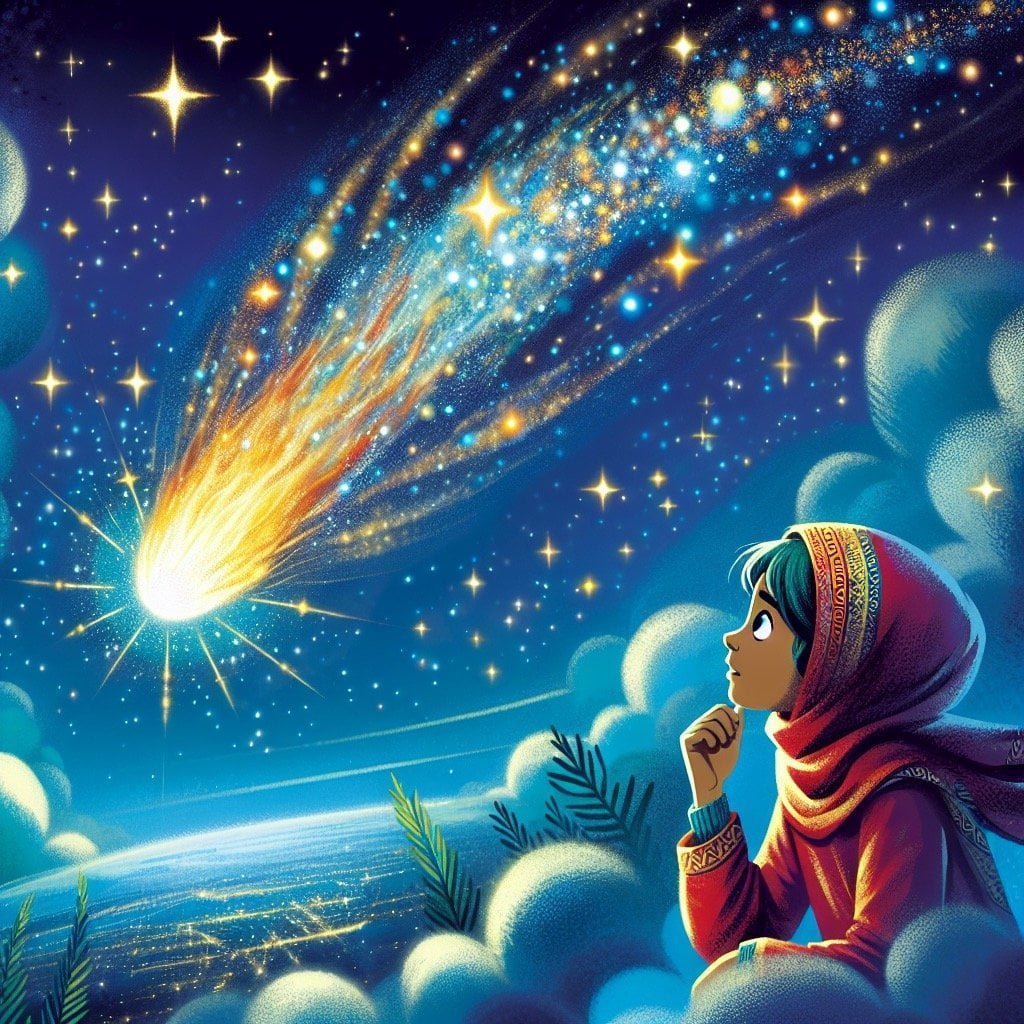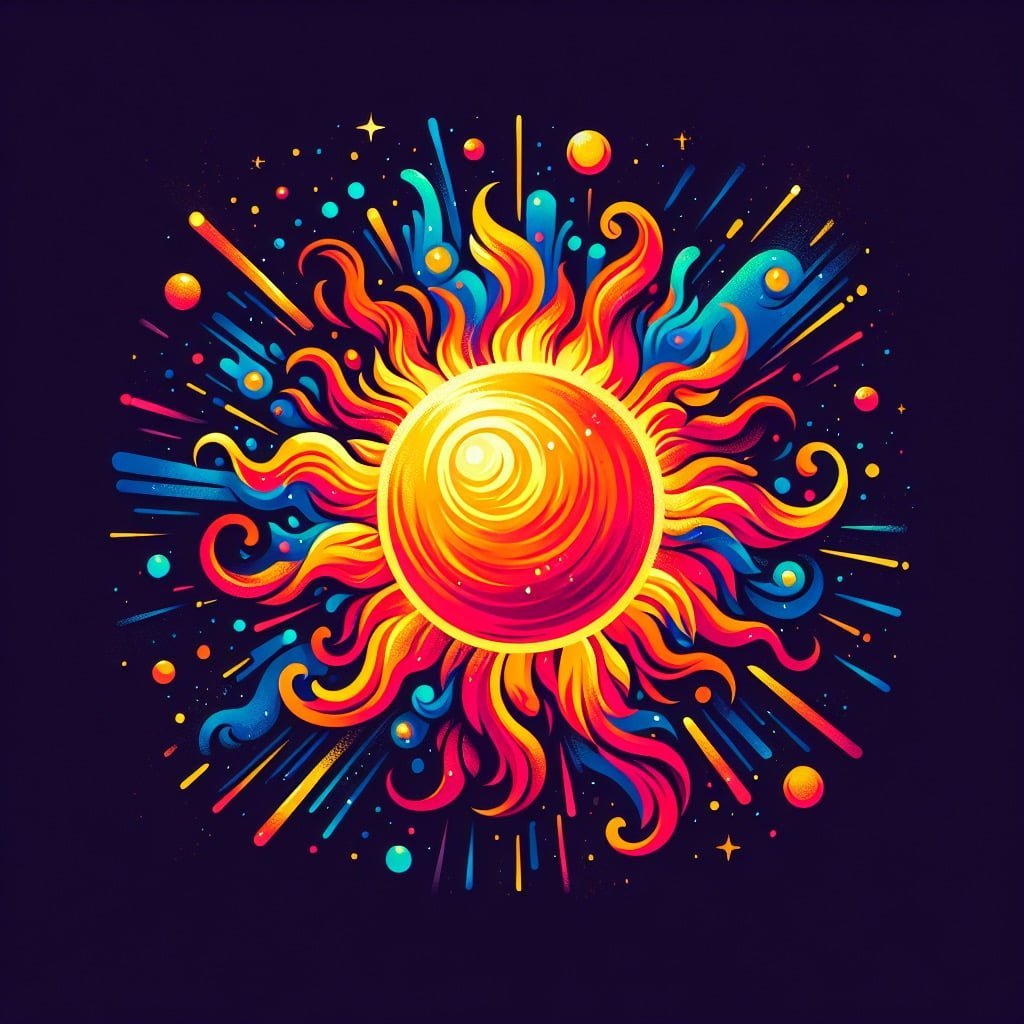Welcome to a fascinating journey exploring Saturn Facts For Kids! Saturn, the second largest planet in our solar system, holds a plethora of wonders waiting to be uncovered. From its impressive size and unique ring system to its diverse collection of moons and captivating atmospheric features, Saturn offers a wealth of information and excitement for young minds eager to learn about the universe. Delve into the fun facts about Saturn, from its oval-shaped storm that could engulf Earth to its low density that would cause it to float in a cosmic-sized bathtub. Join us on this exploration of Saturn’s mysteries and marvels, igniting curiosity and wonder in kids of all ages. Let’s embark on an enlightening journey through the cosmic wonders of Saturn together!
Saturn Facts For Kids
1. Saturn is the Second Largest Planet in the Solar System
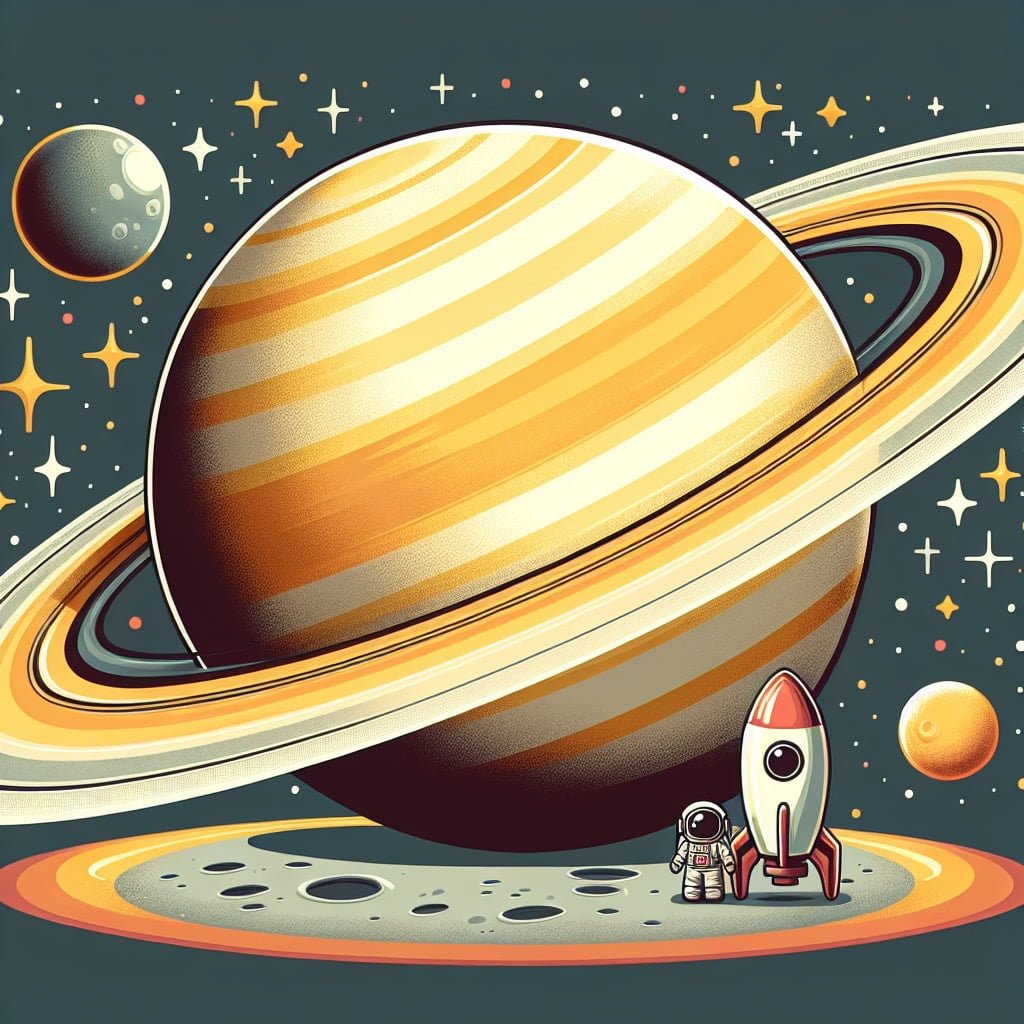
For younger kids: Saturn is a really big planet!
For older kids: Saturn is the second largest planet in our solar system, with a diameter of approximately 74,900 miles, making it almost ten times larger than Earth.
Detailed explanation:Saturn, the second largest planet in our solar system, is a fascinating celestial body that never fails to capture the imagination of both children and adults alike. With its distinct rings and numerous moons, Saturn is a popular subject of study and observation for astronomers and space enthusiasts.
One of the most impressive Saturn Facts For Kids is the planet’s incredible size. Second only to Jupiter in terms of size, Saturn is approximately 746 million miles from the Sun and boasts a diameter of about 74,900 miles. Its mass is roughly 95 times that of Earth, which makes it one of the most massive planets in our solar system.
One of the most striking features of Saturn is its iconic rings. Made up of billions of ice particles, these rings are incredibly thin and can span up to 175,000 miles across. While other planets in our solar system also have rings, Saturn’s are by far the most extensive and visible from Earth, making it a popular target for amateur stargazers.
In addition to its rings, Saturn is also home to a diverse array of moons. With over 60 confirmed moons and countless more awaiting discovery, Saturn’s moon system is one of the most complex in our solar system. Some of the most well-known moons of Saturn include Titan, which is larger than the planet Mercury, and Enceladus, which has a subsurface ocean that may harbor the conditions for life.
In conclusion, Saturn’s status as the second largest planet in our solar system, along with its stunning rings and diverse moons, make it a truly captivating celestial body that continues to intrigue scientists and the public alike. By studying and exploring Saturn further, we can continue to unlock the mysteries of our solar system and gain a better understanding of the universe around us.
Saturn Facts For Kids
2. Saturn’s Beautiful Rings are Made of Ice and Rock

For younger kids: Saturn has lots of shiny rings around it!
For older kids: The rings of Saturn consist of countless particles of ice and rock that range in size from tiny grains to as large as mountains, creating a stunning and distinctive feature of this planet.
Detailed explanation:Saturn, the sixth planet from the Sun in our solar system, is known for its stunning ring system. These rings, made up of ice and rock particles ranging in size from tiny grains to large boulders, are a defining feature of Saturn. The rings orbit the planet in a thin plane, giving Saturn its distinct appearance when viewed from Earth.
One fascinating aspect of Saturn’s rings is their composition. The icy particles in the rings are thought to be made up of water ice, while the rocky particles are likely made of silicate minerals. This combination of ice and rock gives the rings their beautiful appearance, reflecting light and creating a dazzling display for observers both on Earth and in space.
Saturn Facts For Kids can be a great way to introduce children to the wonders of our solar system. Learning about Saturn’s rings and how they are made of ice and rock can spark curiosity and a sense of wonder in young minds. By exploring Saturn Facts For Kids, children can begin to understand the complex and fascinating nature of the universe we live in.
Scientists continue to study Saturn’s rings to learn more about their origins and evolution. By studying the composition and structure of the rings, researchers can gain valuable insights into the history of Saturn and the processes that have shaped its ring system over time. Through ongoing research and exploration, we are constantly expanding our knowledge of Saturn and the other planets in our solar system.
Saturn Facts For Kids
3. Saturn Has 82 Moons
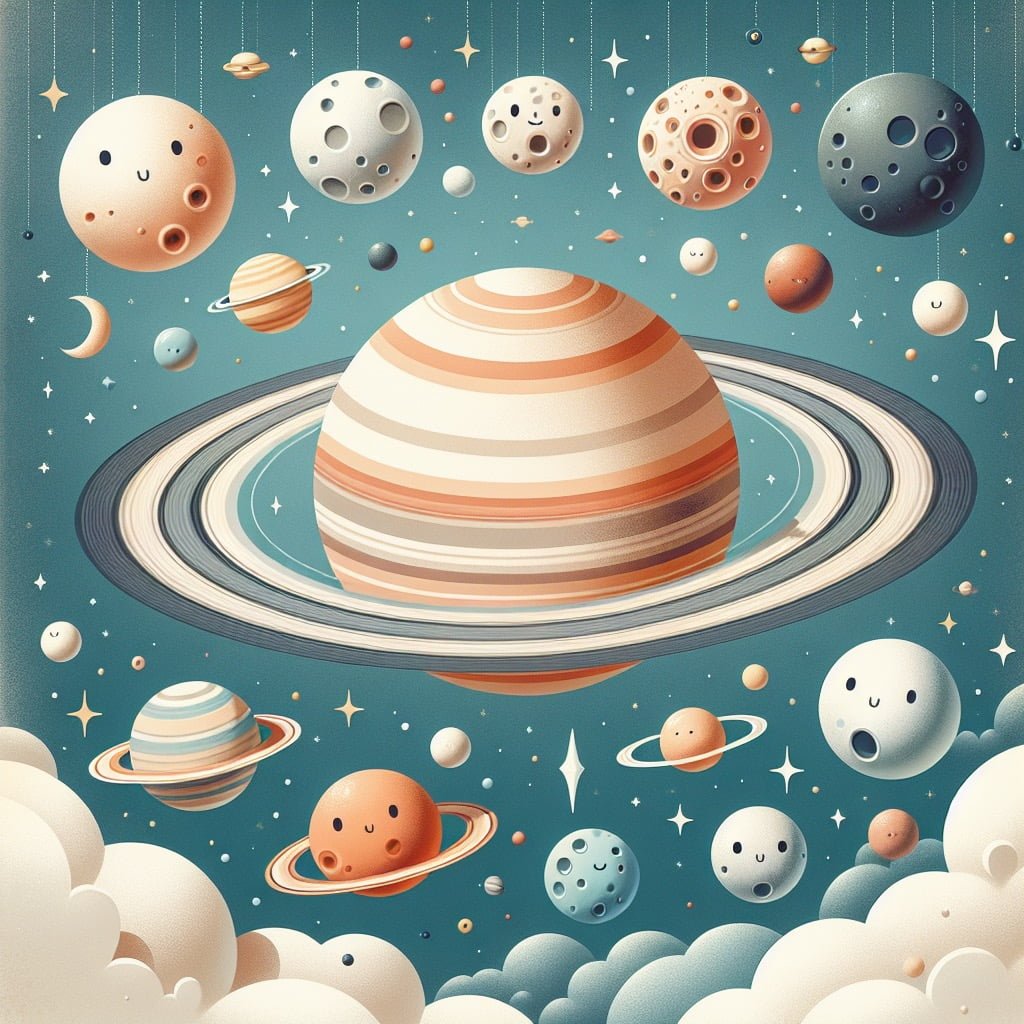
For younger kids: Saturn has a lot of moons, like Earth!
For older kids: Saturn has a total of 82 moons, each with its own unique features and characteristics. Some of the largest moons include Titan, Rhea, and Enceladus.
Detailed explanation:Saturn, the sixth planet from the Sun in our solar system, is truly a wonder to behold. One of the most fascinating aspects of Saturn is its extensive collection of moons. With a whopping total of 82 moons, Saturn easily surpasses all other planets in our solar system in terms of the number of natural satellites it hosts. These moons vary greatly in size, shape, and composition, offering a diverse array of features for astronomers to study.
One of the most well-known moons of Saturn is Titan, which is not only the largest moon of Saturn but also the second-largest moon in the entire solar system. Titan is particularly interesting because it has a thick atmosphere, composed mainly of nitrogen and methane, which resembles the early Earth. This makes Titan a potential candidate for studying the origins of life in our solar system.
Another notable moon of Saturn is Enceladus, which has a surface covered in ice and geysers that spew water vapor into space. Scientists believe that beneath its icy crust, Enceladus may harbor a subsurface ocean that could potentially support life. This makes Enceladus a prime target for future missions to search for extraterrestrial life.
Overall, the 82 moons of Saturn provide a wealth of opportunities for scientific discovery and exploration. By studying these moons, scientists can learn more about the formation and evolution of our solar system, as well as gain insights into the potential for life beyond Earth. Saturn Facts For Kids are not only fascinating but also hold the key to unlocking some of the greatest mysteries of the cosmos.
Saturn Facts For Kids
4. One Saturn Day is Only 10.7 Hours Long
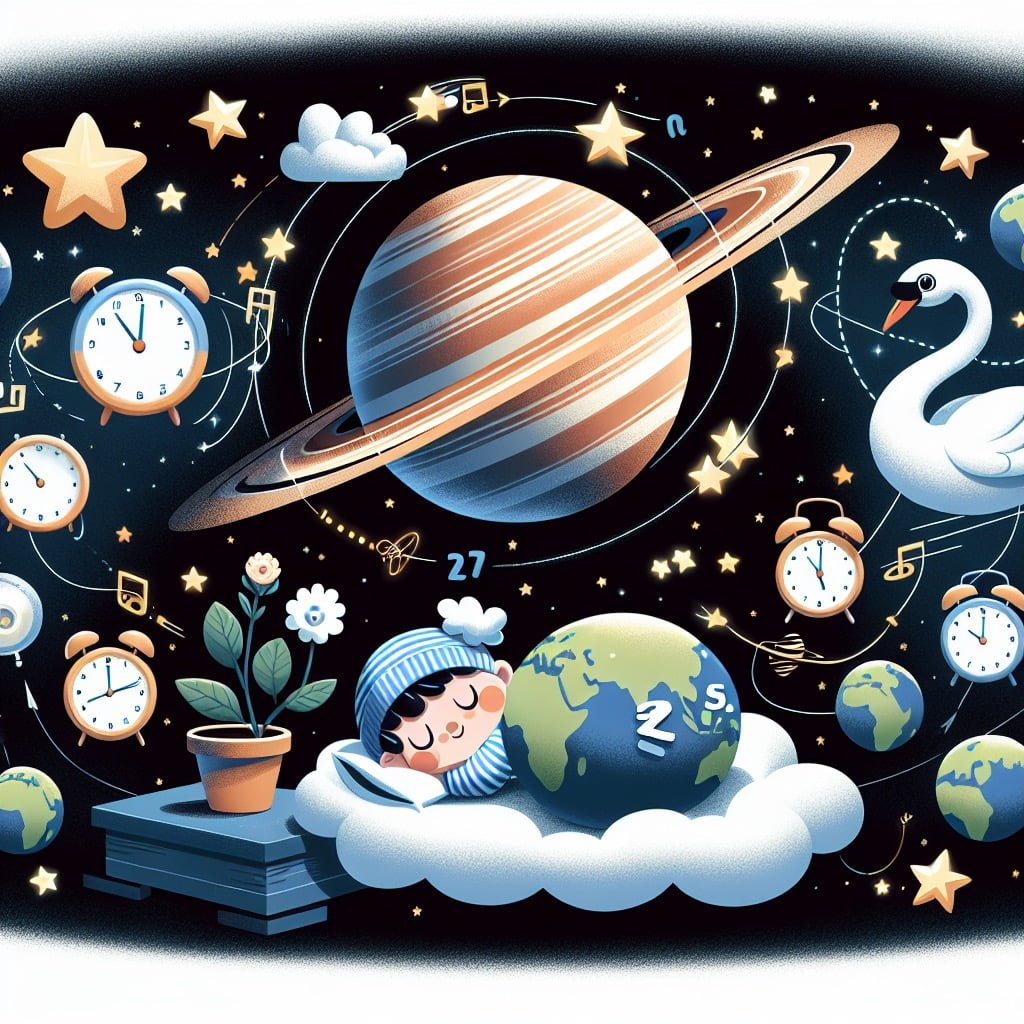
For younger kids: A day on Saturn is much shorter than a day on Earth!
For older kids: Despite its massive size, Saturn has a very fast rotation, completing one full rotation on its axis in just 10.7 hours, making it the second fastest rotating planet in the solar system.
Detailed explanation:Saturn Facts For Kids can be truly fascinating, especially when considering the length of a day on this unique planet. While here on Earth, we are accustomed to a day lasting around 24 hours, Saturn operates on a completely different timescale. In fact, one Saturn day is only 10.7 hours long. This means that Saturn rotates much faster on its axis compared to Earth.
The rapid rotation of Saturn not only affects the length of its day, but also has other interesting consequences. For example, the fast rotation causes the planet to bulge slightly at its equator, giving it a somewhat squashed appearance. This bulging is more pronounced than on any other planet in our solar system, including Jupiter.
Additionally, the fast rotation of Saturn plays a role in the planet’s distinctive rings. The rings are made up of countless particles of ice and rock that orbit around Saturn. The rapid rotation of the planet causes the particles to spread out into a flat disk shape, creating the iconic rings that we see from Earth.
Understanding these Saturn Facts For Kids can help to spark a sense of wonder and curiosity about the universe. By learning about the unique characteristics of planets like Saturn, we can gain a greater appreciation for the diversity and complexity of our solar system.
Saturn Facts For Kids
5. Saturn’s Atmosphere is Mostly Hydrogen and Helium
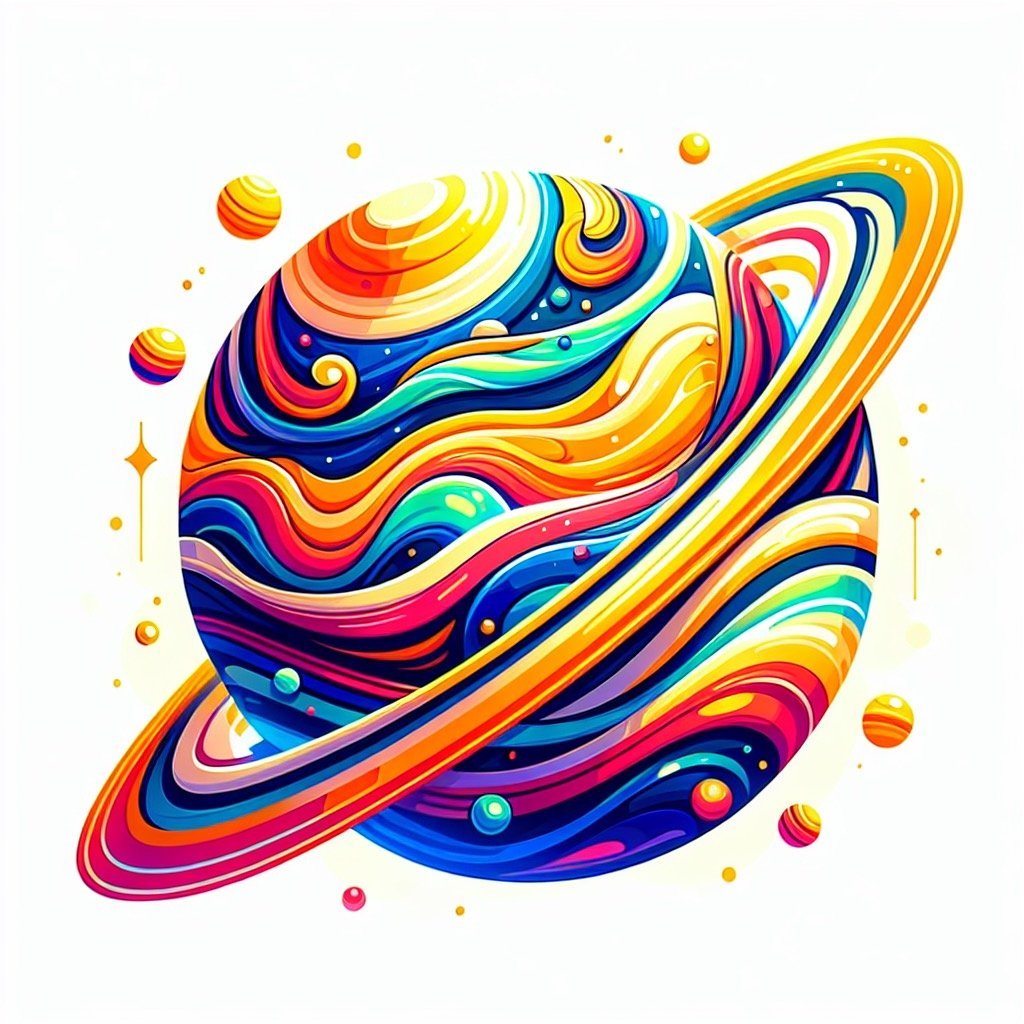
For younger kids: Saturn’s air is made of different things than Earth’s air.
For older kids: The atmosphere of Saturn is composed mostly of hydrogen and helium, with traces of other gases and compounds, giving it a unique and colorful appearance that can be seen from space.
Detailed explanation:One of the most fascinating Saturn Facts For Kids is that the planet’s atmosphere is primarily made up of hydrogen and helium. In fact, about 96% of the atmosphere on Saturn is composed of these two gases, with trace amounts of other elements such as methane and ammonia making up the remaining 4%.
The abundance of hydrogen and helium in Saturn’s atmosphere is a result of the planet’s formation and evolution. When Saturn was first forming billions of years ago, these gases were present in the swirling disk of gas and dust that surrounded the young Sun. As Saturn grew larger and more massive, its gravity was able to hold onto these light gases, trapping them in its atmosphere.
The hydrogen and helium in Saturn’s atmosphere give the planet its characteristic pale yellow color. These gases are also responsible for creating the bands and zones that can be seen on Saturn’s surface, as well as the swirling storm systems, such as the famous hexagonal storm at the planet’s north pole.
The unique composition of Saturn’s atmosphere is of great interest to scientists, as it provides valuable insight into the planet’s history and evolution. By studying the gases present in Saturn’s atmosphere, researchers can learn more about the planet’s formation, its internal structure, and even its potential for hosting life. As we continue to explore and study Saturn, the secrets of its hydrogen and helium-rich atmosphere are sure to reveal even more fascinating discoveries.
Saturn Facts For Kids
6. The Voyager 1 Spacecraft Explored Saturn in 1980
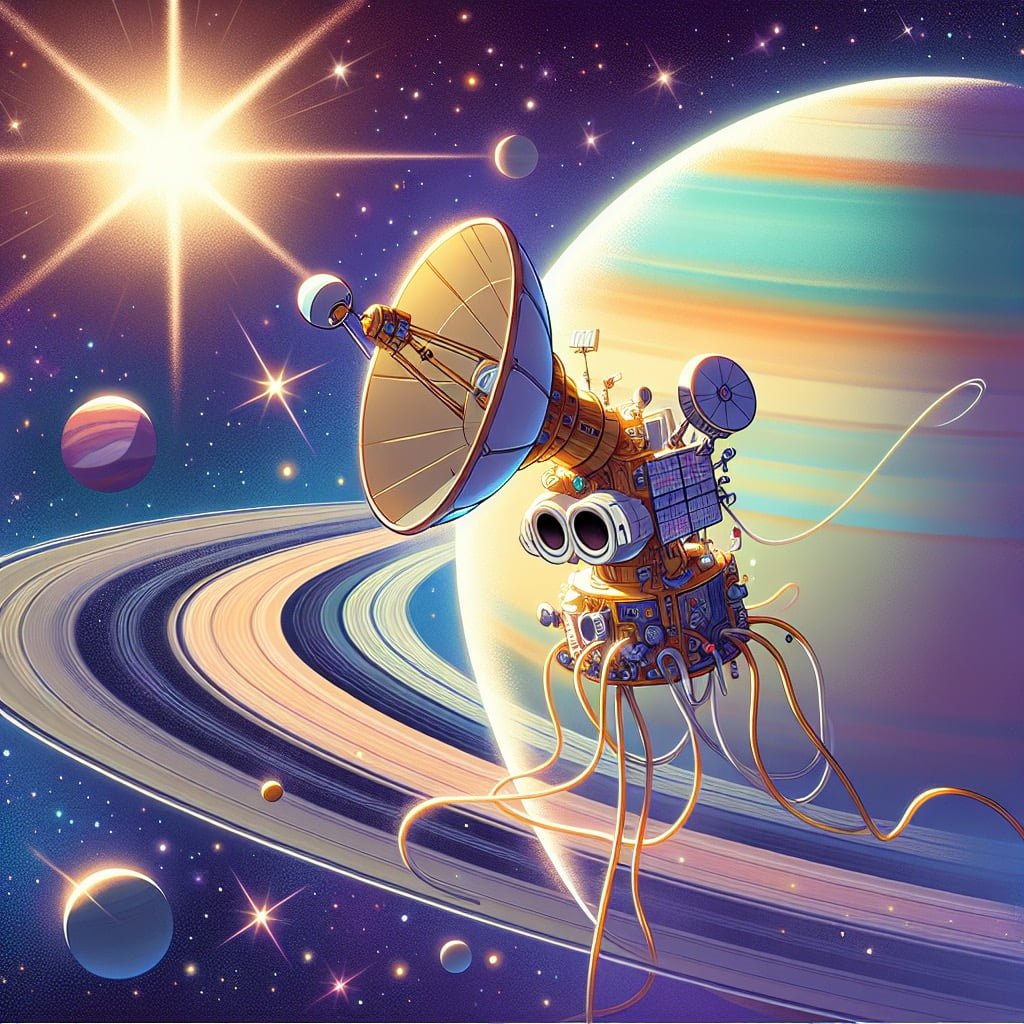
For younger kids: A special spaceship visited Saturn a long time ago!
For older kids: In 1980, the Voyager 1 spacecraft captured breathtaking images of Saturn and its moons, providing valuable data and knowledge about this extraordinary planet.
Detailed explanation:One of the most fascinating Saturn Facts For Kids is about the Voyager 1 spacecraft, which explored Saturn in 1980. Voyager 1 was launched by NASA in 1977 with the primary mission of studying Jupiter and Saturn. It was equipped with instruments to measure magnetic fields, radio waves, and plasma particles in the outer space environment.
As Voyager 1 approached Saturn in 1980, it captured stunning images of the planet and its moons, providing scientists with valuable data about Saturn’s rings and atmosphere. The spacecraft also discovered new moons around Saturn, increasing our understanding of its complex planetary system.
One of the most remarkable discoveries made by Voyager 1 at Saturn was the hexagonal shape of the planet’s north pole. This unusual geometric feature in Saturn’s atmosphere remains a puzzle for scientists to this day, with theories ranging from atmospheric patterns to the planet’s rotation influencing the hexagonal shape.
Voyager 1’s mission to Saturn not only provided valuable scientific data but also captured the imaginations of people around the world, sparking interest in space exploration and the wonders of the universe. The spacecraft’s successful exploration of Saturn paved the way for future missions to the outer planets, leading to further discoveries and advancements in our understanding of the solar system.
In conclusion, Voyager 1’s exploration of Saturn in 1980 remains a significant milestone in space exploration, highlighting the beauty and complexity of the ringed planet. Saturn Facts For Kids are not only educational but also inspiring, showing the endless possibilities for discovery and exploration in the vast expanse of outer space.
Saturn Facts For Kids
7. Saturn’s Winds Can Reach Speeds of 1,800 km/h
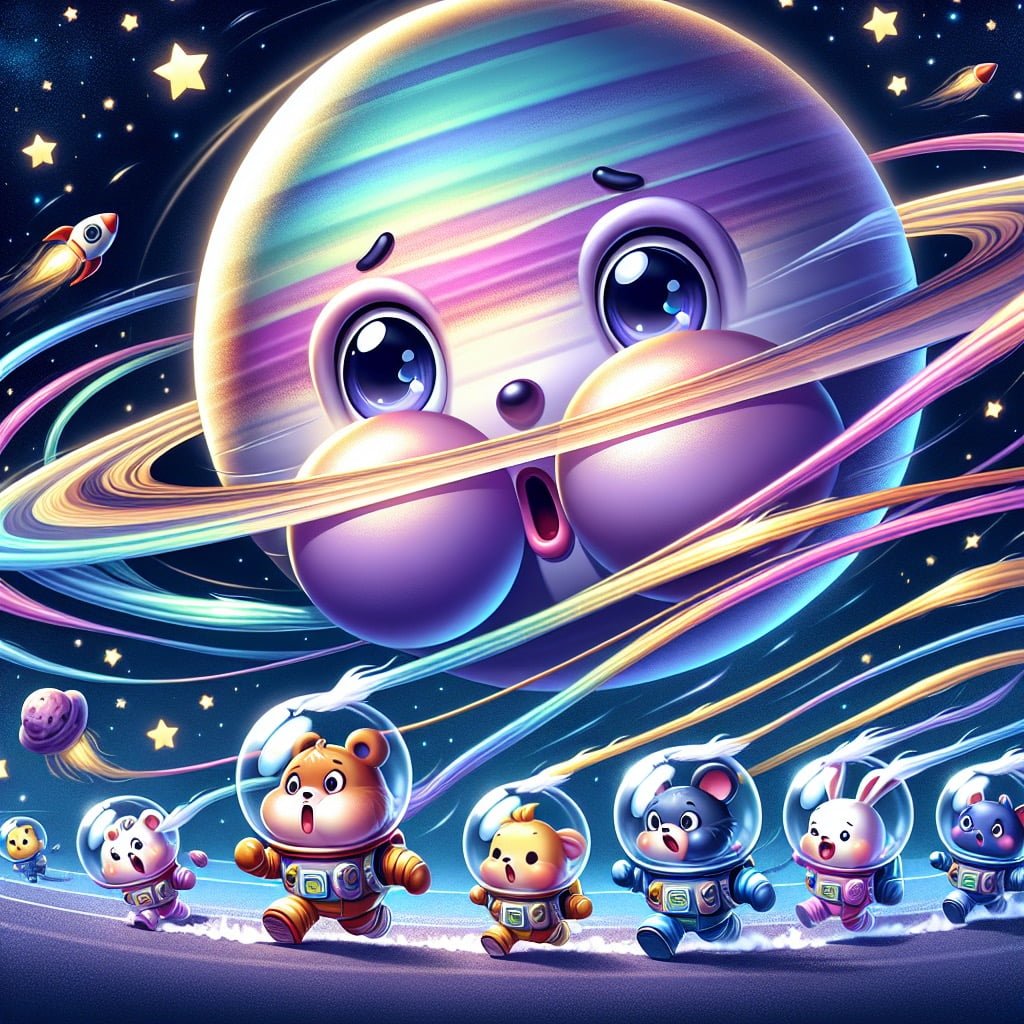
For younger kids: Saturn has super-fast winds that go really fast!
For older kids: The powerful winds on Saturn can reach speeds of up to 1,800 kilometers per hour, creating intense and dynamic weather patterns across the planet.
Detailed explanation:Saturn Facts For Kids are fascinating and one of the most intriguing aspects of the planet is its powerful winds. Saturn’s winds can reach incredible speeds of up to 1,800 km/h, making them some of the fastest winds in the solar system. These winds are driven by the planet’s rapid rotation, which whips up the atmosphere and creates incredibly strong jet streams.
One of the key factors that contribute to the high speeds of Saturn’s winds is its distance from the Sun. Saturn is the sixth planet from the Sun, and its distance means that it receives less sunlight and heat than inner planets like Earth. This temperature difference between the equator and the poles creates a thermal gradient that drives the planet’s winds.
Another interesting aspect of Saturn’s winds is their direction. While Earth’s winds tend to blow primarily east to west, Saturn’s winds are much more complex and can vary in direction depending on the latitude and altitude. This is due to the planet’s unique combination of rotation, axis tilt, and atmospheric features.
Studying Saturn’s winds can provide valuable insights into the dynamics of planetary atmospheres and help us better understand how these powerful forces shape the planets in our solar system. By learning about Saturn Facts For Kids, we can inspire the next generation of scientists and astronomers to explore the wonders of the universe.
Saturn Facts For Kids
8. The Name “Saturn” Comes from Roman Mythology
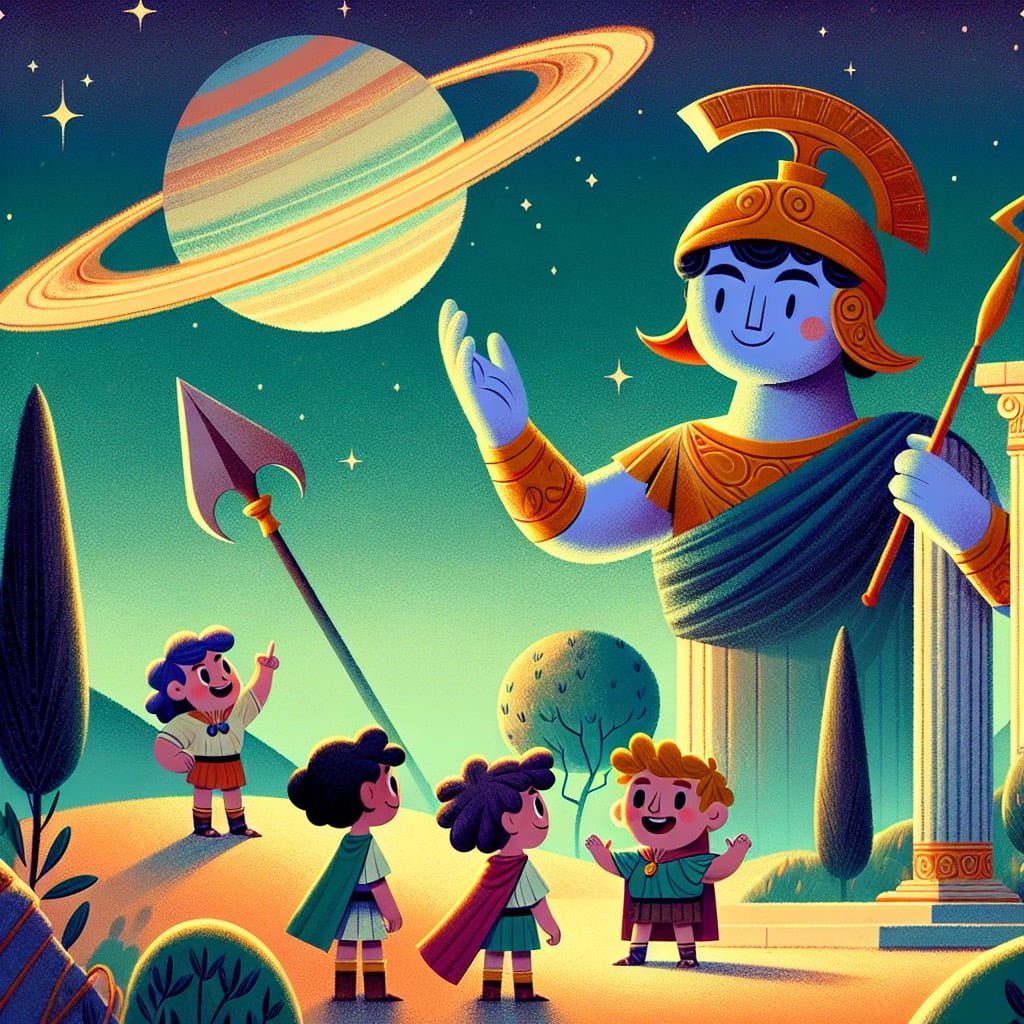
For younger kids: Saturn’s name comes from a story about gods and heroes!
For older kids: The name “Saturn” is derived from the Roman god of agriculture and wealth, whose mythology closely parallels the Greek god Cronus.
Detailed explanation:Saturn, the sixth planet from the sun, is named after the Roman god of agriculture and wealth. In Roman mythology, Saturn was the father of Jupiter, Neptune, and Pluto, among others. The planet Saturn is known for its stunning rings, which are made up of ice, dust, and rock particles. These rings can be seen from Earth using a telescope.
One interesting fact about Saturn is that it is the least dense planet in our solar system. This means that if there were a large enough body of water, Saturn would actually float on top of it! Despite its low density, Saturn is the second largest planet in our solar system, with a diameter about nine times that of Earth.
Saturn is also home to the largest moon in the solar system, Titan. Titan has its own atmosphere and hydrocarbon lakes that make it one of the most Earth-like places in our solar system. In fact, scientists believe that Titan could potentially support some form of life, making it an exciting target for future exploration.
Overall, Saturn is a fascinating planet with many unique features that make it a popular subject of study for scientists and astronomers. Its name, derived from Roman mythology, adds an air of mystery and wonder to this beautiful gas giant in our solar system. Hopefully, these Saturn Facts For Kids have sparked your curiosity and inspired you to learn more about this incredible planet.
Saturn Facts For Kids
9. Saturn Has an Oval-shaped Storm That Could Swallow Earth
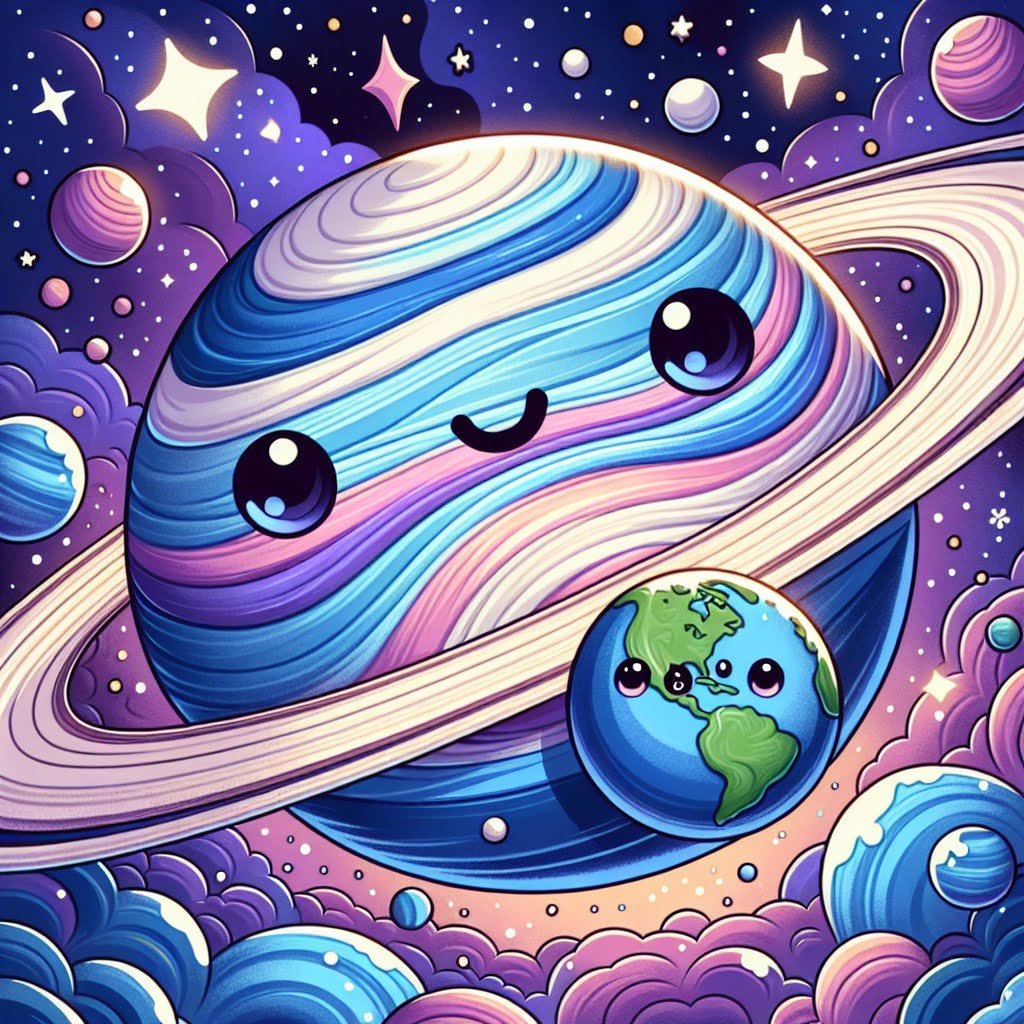
For younger kids: Saturn has a huge storm that’s bigger than Earth!
For older kids: Saturn’s north pole hosts a massive and long-lived storm with a distinctive hexagonal shape, large enough to engulf the entire Earth within its boundaries.
Detailed explanation:Saturn Facts For Kids may seem like just fun trivia, but the reality is that Saturn is a truly fascinating planet with many unique features. One of the most striking of these features is the oval-shaped storm that rages on the planet’s surface. This storm, known as the hexagon storm due to its six-sided shape, is a massive weather system that could easily engulf the entire Earth within its boundaries.
The hexagon storm on Saturn is located at the planet’s north pole, and it is a truly awe-inspiring sight. The storm is larger than our entire planet, with each of its six sides measuring over 8,600 miles in length. This makes it one of the largest and most enduring storms in our solar system.
Scientists are still unsure of exactly what causes the hexagon storm on Saturn, but they believe that it could be related to the planet’s fast rotation and unique atmosphere. Saturn’s atmosphere is made up mostly of hydrogen and helium, with small amounts of other gases like methane and ammonia. The storm’s hexagonal shape is thought to be the result of these gases interacting in complex ways as the planet rotates.
Studying phenomena like the hexagon storm on Saturn is not only fascinating in its own right, but it can also teach us valuable lessons about the nature of weather patterns and atmospheres on other planets. By exploring Saturn Facts For Kids and delving into the mysteries of storms like the hexagon, we can gain a deeper understanding of the wonders of our solar system.
Saturn Facts For Kids
10. Saturn’s Density is Less Than Water
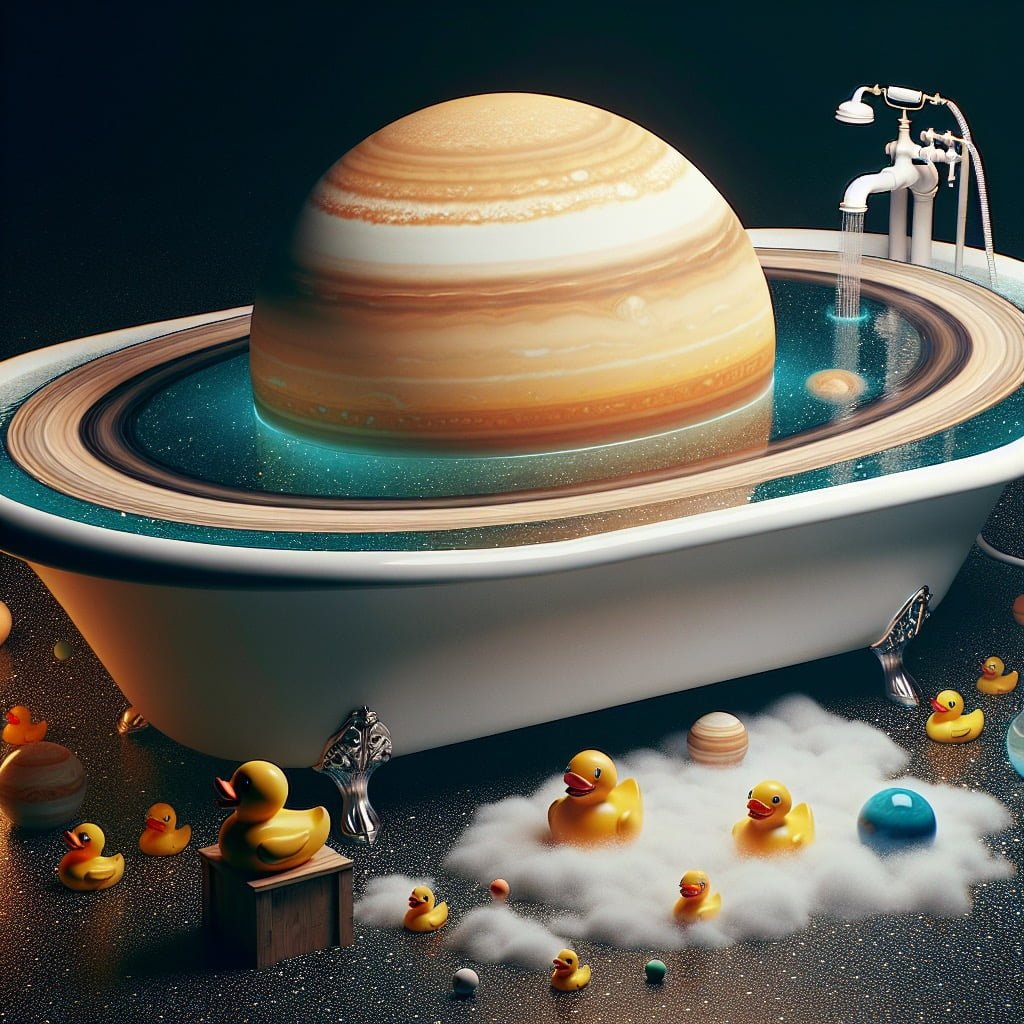
For younger kids: Saturn is so light that it would float in a huge bathtub!
For older kids: Despite its massive size, Saturn’s average density is actually lower than that of water, which means that if there were a bathtub large enough, Saturn would indeed float in it!
Detailed explanation:Saturn Facts For Kids are always fascinating to learn about, and one of the most surprising facts about Saturn is that its density is actually less than that of water. Despite its massive size and impressive rings, Saturn is incredibly light for its size. This seemingly paradoxical fact can be explained by understanding the composition of Saturn’s atmosphere and interior.
Saturn is a gas giant, primarily made up of hydrogen and helium with traces of other gases such as methane and ammonia. These gases have much lower densities than water, which is why Saturn as a whole has a lower density. In fact, if we were able to find a body of water large enough, Saturn would actually float on it!
The low density of Saturn is also due to its unique structure. Beneath its thick layer of gas, Saturn likely has a small rocky core, but the majority of its mass is spread out over a large volume, making its overall density much lower. This is in contrast to rocky planets like Earth, where the majority of the mass is concentrated in a dense core.
Learning about Saturn’s density can give us insight into the diverse nature of planets in our solar system. By exploring Saturn Facts For Kids, we can appreciate the vast differences in composition and structure among the planets, and better understand the forces that shape our universe.
Did You Know?
Saturn’s rings are not solid but are made up of countless pieces of ice and rock that orbit the planet, creating a spectacular and unique sight in our solar system!
About the Saturn’
Delve into the fascinating world of Saturn with our Saturn Facts For Kids blog post! From its mesmerizing ring system to its diverse collection of moons, there are endless wonders waiting to be discovered on the sixth planet from the Sun. By exploring fun facts about Saturn, kids can ignite their sense of curiosity and wonder about the universe around them. Learning about the composition of its rings, the gravitational pull of its moons, and the turbulent weather patterns on its surface not only provides insight into the workings of our planet but also inspires a deeper appreciation for the vastness and beauty of outer space. Whether you’re a budding astronomer or simply a curious mind eager to learn more, uncovering the mysteries of Saturn is sure to be a rewarding and enlightening adventure. Start your journey today and expand your knowledge of this magnificent planet in our cosmic neighborhood!
Sources and additional information for Saturn Facts For Kids
WikipediaBritannicaNASAEuropean Space Agency (ESA)Space.comAstrophysical JournalSky & TelescopeUniverse TodaySpaceXThe Planetary SocietyAstronomy MagazineHubbleSiteNational Geographic KidsNASANational Air and Space MuseumESA KidsSpace.comThe Planetary SocietyNational Radio Astronomy Observatory (NRAO)Hayden PlanetariumSky & Telescope

